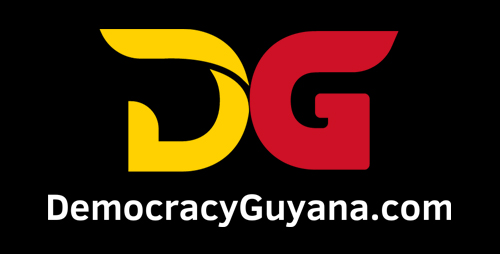In the annals of U.S. foreign policy, the Monroe Doctrine, articulated by President James Monroe in 1823, emerges as a linchpin that has intricately woven the fabric of relations between the United States and South America continent up to this day. It is part and parcel of US foreign policy on the South American continent. No one dares to start a war in South America without the knowledge of Washington. The USA will not, under any circumstances, tolerate a war in its sphere of influence. So Maduro is saber rattling and is an empty barrel that makes the most noise.
As a proclamation of non-interference in European affairs within the Western Hemisphere, it not only safeguarded U.S. interests but also laid the groundwork for justifying interventions in the South American region. This comprehensive exploration delves into the historical nuances and contemporary applications of the Monroe Doctrine, spotlighting key events such as the Cuban Missile Crisis OF 1962 and its ongoing influence in the geopolitical landscape of South America.
The Cuban Missile Crisis: A Test of Doctrine
The pages of history vividly recount the Cuban Missile Crisis of 1962, a pivotal moment when the Monroe Doctrine faced its most formidable test. Soviet nuclear-armed missiles in Cuba triggered a 13-day standoff between the United States and the Soviet Union, bringing the world to the brink of nuclear war. The eventual resolution, marked by the withdrawal of Soviet missiles and U.S. assurances not to invade Cuba, showcased the pragmatic application of the Doctrine in averting a catastrophic global conflict.
U.S. Resolve: Preventing External Conflicts in South America
Extending beyond its initial anti-European colonial stance, the Monroe Doctrine embodies U.S. commitment to preventing external interference in South America. The region is viewed as the United States’ backyard, and the Doctrine has become a potent tool to keep the continent free from European powers and South American countries fighting each other. Simultaneously, it justifies American interventions in the internal affairs of its southern neighbours, signifying a proactive stance in maintaining stability and order.
Venezuela’s Challenge: A Lesson in Sovereignty
The turbulent relationship between the United States and Venezuela serves as a contemporary case study in the Doctrine’s application. Despite Venezuela’s attempt to challenge U.S. influence, the response was swift and decisive, resulting in economic sanctions and international isolation. This episode underscores the Doctrine’s relevance in modern geopolitics, illustrating the United States’ determination to assert its influence and preserve stability in its perceived backyard.
Role of the United States in Guyana
The enduring partnership between the U.S. and Guyana stands as a testament to the Monroe Doctrine’s ongoing influence. Collaboration between the U.S. Southern Command (SOUTHCOM) and the Guyana Defence Force (GDF) spans disaster preparedness, humanitarian assistance, maritime security, human rights, professional development, defence, and public security missions. The current visit of U.S. defence officials to Guyana accentuates the commitment to regional stability, particularly given concerns over Venezuela’s undemocratic government and territorial claims.
Venezuela and Guyana: Territory Claims and U.S. Involvement
Against the backdrop of territorial disputes, especially Venezuela’s claims over Guyana’s Essequibo region, the Monroe Doctrine retains its centrality. The Maduro regime’s actions are analyzed through the lens of economic interests, particularly in the realm of oil and gas resources. The U.S., discontented with Nicolas Maduro’s governance, positions Venezuela as an outsider in South America, drawing parallels with North Korea. This nuanced perspective reinforces the United States’ dedication to shielding the region from internal and external disruptions.
In the complex tapestry of international relations, the Monroe Doctrine emerges as a guiding principle that has withstood the test of time. From the crucible of the Cuban Missile Crisis to the contemporary challenges posed by Venezuela and territorial disputes in Guyana, the Doctrine remains a lodestar shaping U.S. foreign policy in South America. Its multifaceted application underscores the commitment to preserving the sovereignty, stability, and prosperity of South American nations, solidifying its status as an enduring cornerstone in the intricate geopolitics of the region.
There are numerous reasons why the United States would never permit Venezuela to annex Guyana’s Essequibo region. The U.S. aims to prevent Venezuela from sparking a conflict akin to Ukraine in South America. The unlawful territorial claim made by Venezuela is deemed unacceptable by the leadership in Washington, rightfully so. The U.S. is determined to prevent Venezuela from challenging its global authority in South America and beyond. The recent presence of U.S. army officials in Guyana has likely brought relief to its citizens, but vigilance is crucial. The Guyanese government must persist in its diplomatic efforts against the Maduro regime, engaging with international bodies such as the UN, Commonwealth organization, Caricom, EU, African Union, ICJ, as well as seeking the support of influential global leaders, including President Joe Biden of the USA, President Xi of China, and Prime Minister Narendra Modi of India.
Vedan Choolun, London, UK





